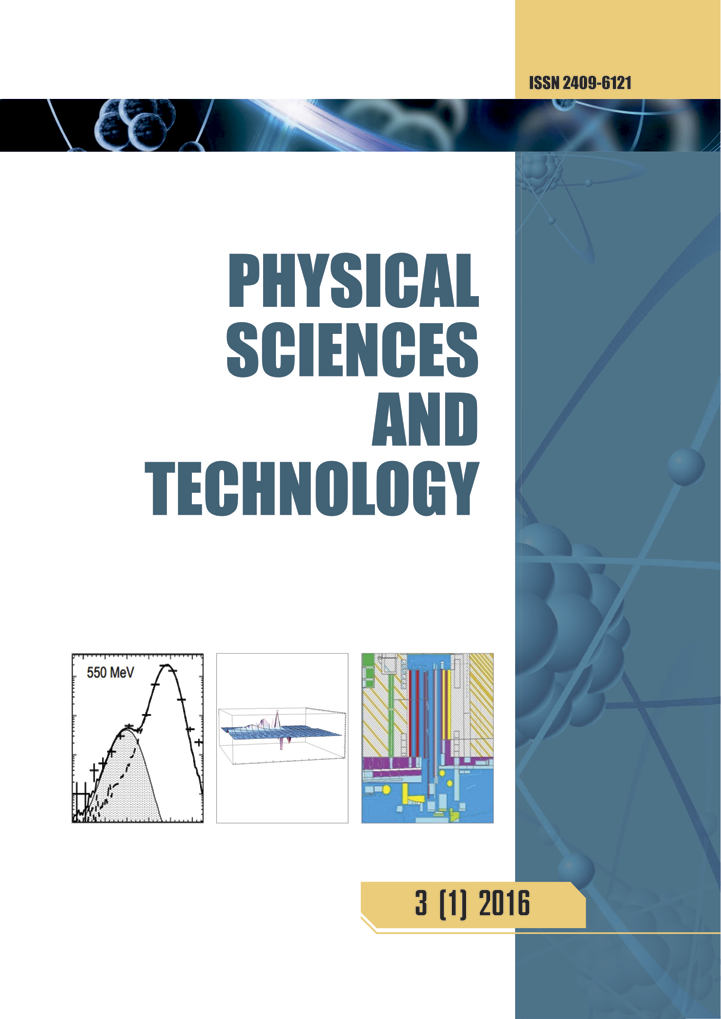Experience of noctilucent clouds registering in the near infrared spectrum region
DOI:
https://doi.org/10.26577/phst2024v11i1a10Abstract
Some aspects of increasing the efficiency of noctilucent clouds ground-based observations are considered. The study of such objects is highly relevant in connection with the general problems of climate change. It is shown that the limitations on the possibility of registering the phenomenon in the optical range are associated both with the relatively low brightness of clouds of this type against the background of the twilight segment, and with the strong absorption of light by dust aerosol in the surface layer of the atmosphere. The paper substantiates the idea that the transition to observations of noctilucent clouds in the near infrared range will increase the contrast of their images in the twilight segment. This will make it possible to detect noctilucent clouds during civil twilight, including at low altitudes above the horizon.
To test this assumption, shooting was carried out during the 2022 season using a CANON 2000 D camera and RG780 and RG830 infrared filters. The images revealed features morphologically similar to noctilucent clouds. An analysis of the images showed that they can hardly be associated with tropospheric clouds or anthropogenic formations. The results obtained were compared with ground-based observation data from other points, as well as with satellite information on the state of noctilucent cloud fields. This comparison showed that noctilucent clouds, which were not detected in visible light images, were highly likely to be detected in near-infrared images. The prospects for the application and development of the proposed method for ground-based registration of noctilucent clouds are also considered.




